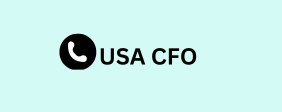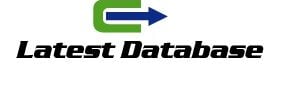or start with – well . actually . how about the
call to action button Where does that come in Because I was going to say that’s sort of what the page is culminating toward . right Marc Aarons: Right. You know . the call to action . I would personally leave that to be the very last thing that I actually write because in the writing process .
it’s like Anne Lamott says in Bird by Bird . “And as you write your story . they’re going to involve because you’re still getting to know your characters.” And writing a landing page or a sales page or even a video sales letter . it’s very much the same.
You’re going to be learning a bit
more about your audience and the message that you want to convey as you write the first draft . then re-edit the first draft to get to your second and third. And once you’ve got to your third . once you’ve got the final core message to offer the benefits .
then the call to action button – and for some copywriters
. the headline – is almost like the icin Guinea Email List g on the cake. Dan Levy: That’s really interesting. The copywriter Joanna Wiebe talks about starting with your page goal . the call to action button . and working backwards. But here what you’re saying is as the page evolves .
sometimes that call to action button might change.
Marc Aarons: Yes . absolutely. It can ch Prioritize leads based on their potential value ange. However . we always start with the plan . and the purpose of the plan is not just to stick to the plan . but to allow you to deviate from the plan if a better plan starts to make itself available to you.
Dan Levy: That’s what you were saying before. A formula is a great place to start . but you have to remain flexible. Marc Aarons: Yes. Dan Levy: So the goal here is to nail at least three out of those four U’s. But if you don’t . how would you go about revising that copy Marc Aarons: This is also a great question because it brings us right back to the heart of every single landing page and sales message: who is our audience What is it that they want to accomplish So if we’re going to ask ourselves – say .
for example . we want to make a headline more useful.
The question that we’re asking is: does this provide value to the visitor Or . does it imply that there’s going to be value found if they actually click through and opt in or purchase something So we start with that question . and then we contextualize it for the audience.
Dan Levy: Okay. Before we go into some examples of this . I’d love to hear a little bit more about your writing process. Do you have any specific techniques for getting started writing a landing page . like templates or a spreadsheet filled with notes and ideas Marc Aarons: I love this one because my writing process is something that I’ve refined for maybe five plus years now .
and it always starts with research . and there are actually three kinds of research. And this is getting . probably . a little bit deeper than we need or – Dan Levy: No . I love it. Let’s get into the weeds here. Marc Aarons: Oh . cool . perfect.



